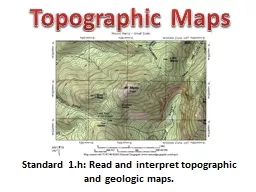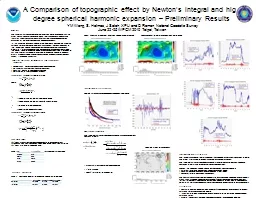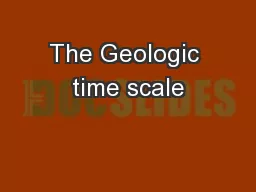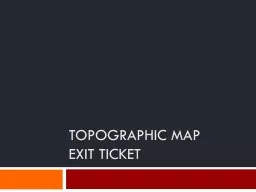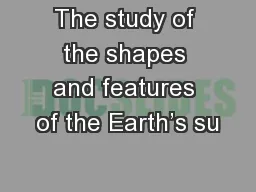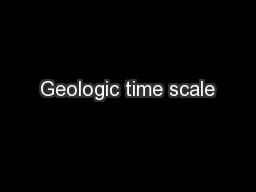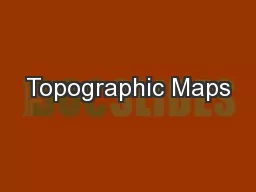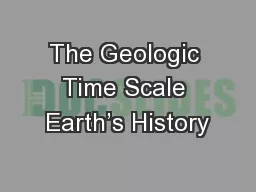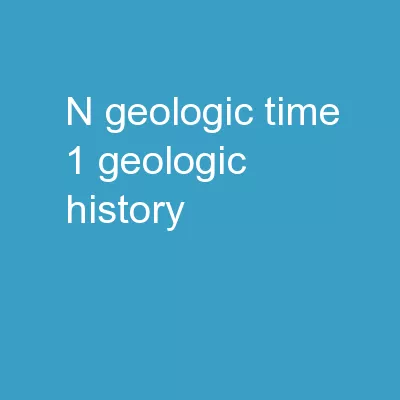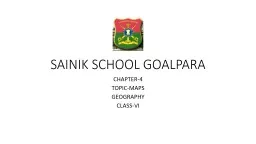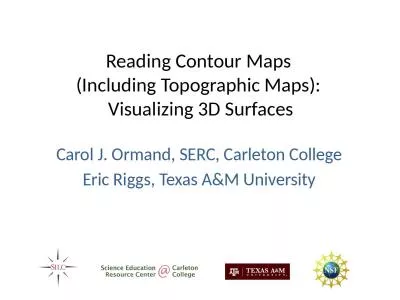PPT-Standard 1.h: Read and interpret topographic and geologic m
Author : briana-ranney | Published Date : 2017-01-18
Topographic Maps Contouring Topographic contours indicating surface relief Image taken from US Army training manual Solid yellow lines represent surface isobars
Presentation Embed Code
Download Presentation
Download Presentation The PPT/PDF document "Standard 1.h: Read and interpret topogra..." is the property of its rightful owner. Permission is granted to download and print the materials on this website for personal, non-commercial use only, and to display it on your personal computer provided you do not modify the materials and that you retain all copyright notices contained in the materials. By downloading content from our website, you accept the terms of this agreement.
Standard 1.h: Read and interpret topographic and geologic m: Transcript
Download Rules Of Document
"Standard 1.h: Read and interpret topographic and geologic m"The content belongs to its owner. You may download and print it for personal use, without modification, and keep all copyright notices. By downloading, you agree to these terms.
Related Documents

